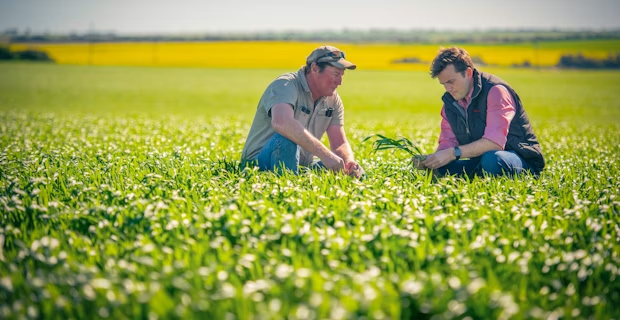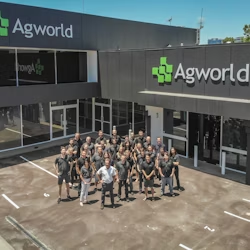Originally published in Croplife
Last week I happened upon my notebook which, after close to a year without in-person meetings, I had almost forgotten about - talk about a blast from the past! We’re all trying to limit the amount of time we spend in Zoom meetings and, for those meetings that I do have to attend, I find myself taking notes electronically instead of on paper. As I was looking through my notebook, I couldn’t help but draw parallels with discussions I’ve been having in recent weeks with West Coast orchardists about still recording their farm information in a non-digital way.
I think it’s safe to say that most of us rarely look back on the notes we’ve taken during meetings; they’re there in case you need them, but in reality we don’t reference them very often. Growers and agronomists tell me, almost on a daily basis, that the same goes for farm records written down in notebooks; regulatory requirements (creating a written spray record) might have been fulfilled, but no additional benefits can be derived from these records. Also, how much can viewing just one stand-alone application record in a field really reveal anyway about the big picture of what is really happening on a farm?

What I increasingly see occurring in the ag retail landscape is that retailers assist their grower clients in changing over from ‘creating notes’ to ‘creating data’. For ag retailers this is a major value-add opportunity and one of the best ways to be positioned as the ‘trusted technical advisor’ with their growers. However, the way I see it, the largest role of retail lies in helping growers maximize the use of farm data after it has been created. The more frequent farm data is utilized, the greater the incentive to create it and the higher overall value it provides to the farming operation.
In order to achieve this, the main requirement for creating digital information should be to make sure that it is done in a standardized and structured way; just as farm records written in a notebook can’t be used for analyses, the same goes for digital records created in a non-structured and non-standardized way. Many proven tools like Microsoft Power BI and others are now available for growers to analyze aggregated data and help with anomaly detection in varieties, crops, treatments, etc., but farm data needs to be standardized in order to be able to use these tools.

Got what it takes to join the Agworld team? We’re looking for talented individuals to help us deliver innovative solutions in agriculture.
Unfortunately, growers that start creating digital records just to ‘digitize their notebook’ often don’t realize yet what they might want to use their digital farm records for in years to come. Because of this, they also don’t know yet which standards their record keeping platform should adhere to, and this is where trusted advisors like agronomists and ag retail representatives can play a significant role.
By collaborating with growers on their digitization journey early in the process, advisors can help ensure that maximum value will be derived from aggregated data after it has been created or captured. In my opinion, this process is a good opportunity for ag retailers to add value to their grower relationships and become more relevant to growers as a recognized expert on farm data.




